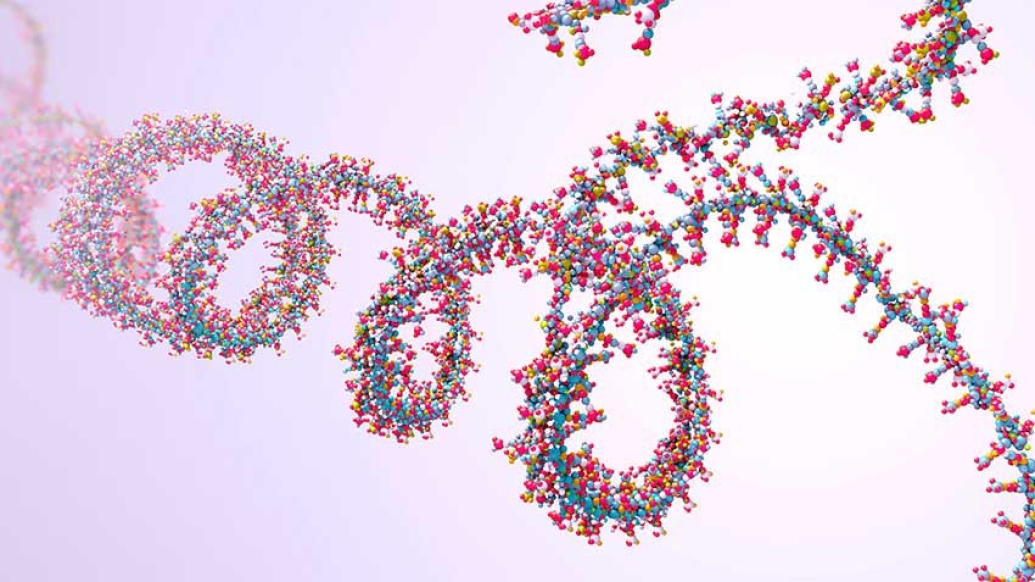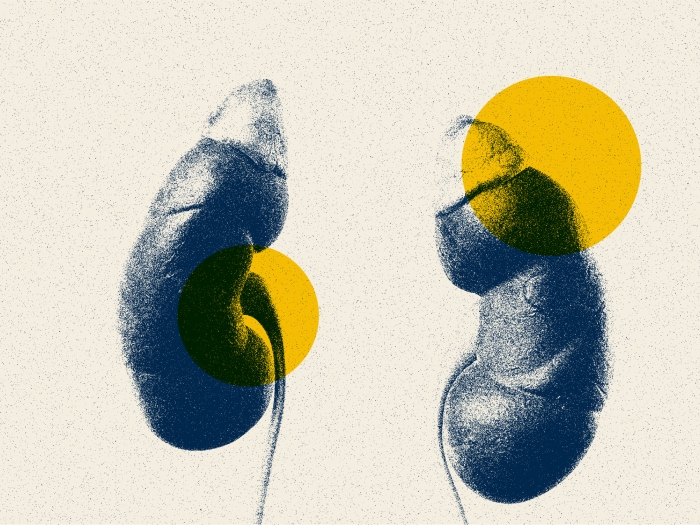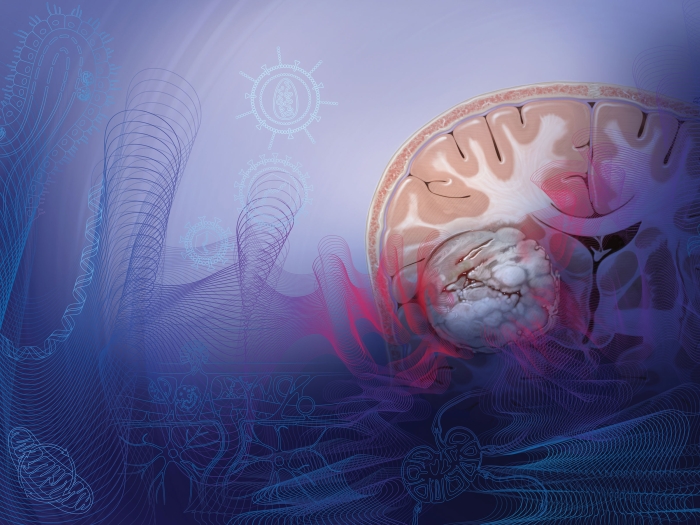A human genetics investigator discusses new RNA research developments that may aid in treating and preventing rare genetic diseases.
10:57 AM
Author |

Altogether, over 6,800 rare diseases affect an estimated 25 million to 30 million Americans. A rare disease is defined in the U.S. as one that affects less than 200,000 people in the U.S.
These patients who suffer from genetic mutations that often occur within the same family, are still nowadays left with few, if any, therapeutic options. However, on-going discoveries in RNA science and the development of new technology and tools, such as CRISPR, offer new hope for rare disease therapy and prevention.
Studying rare diseases can also lead to remarkable insights into common diseases.
For example, the understanding and subsequent treatment for osteoporosis and osteoarthritis have benefited from three rare disease studies. The development of a cholesterol lowering drug, one of the most frequently prescribed medicines in the developed world and which has saved countless lives, was initiated through the study of a rare disease called familial hypercholesterolemia.
Several members of the University of Michigan Center for RNA Biomedicine are studying such rare diseases. On the occasion of Rare Disease Day, February 28, the Michigan Health Lab asked Anthony Antonellis, Ph.D., chair of the Department of Human Genetics, and member of the Center for RNA Biomedicine, about his research and collaborations.
The role of protein synthesis in rare genetic disease
Protein translation is the process by which cells translate the nucleic acid sequence of an RNA molecule to the amino acid sequence of a protein. The Antonellis lab studies the process by which impaired protein translation can cause diverse rare genetic diseases. The ultimate goal is to better diagnose and treat affected patients. In particular, the team is interested in aminoacyl-tRNA synthetases, or ARSs, which are ubiquitously expressed, essential enzymes that charge tRNA with cognate amino acids.
MORE FROM THE LAB: Subscribe to our weekly newsletter
According to the type of mutation, Antonellis and his collaborators distinguish between two categories of ARS-related diseases: one is a dominant peripheral neuropathy that can affect movement and sensation in the feet and hands; the other causes severe, recessive multisystem disorders that differentially affect tissues (for example the central nervous system, lungs, or liver) depending on which ARS is mutated.
Strong evidence suggests that tRNA charging plays a central role in disease origins, likely by under producing functional enzymes, which would lead to poor protein translation in patient cells. The lab's research is offering potential explanations for the observed tissue specificity, which can lead to ways of improving gene function that would help patients.
In recessive diseases, research suggests that an extra supply of the functional enzyme (or, potentially, the associated amino acid) will help increase gene function as a potential therapy. In dominant diseases, diminishing the mutant protein improves the phenotype, but this approach is dangerous due to the possibility of also inhibiting the normal protein that remains in the patient's cells. An alternative treatment would be to increase the healthy wild-type gene to flood out the negative effects of the mutant gene. The group is exploring these possibilities with great hopes.
Another area of the lab's research focuses on findings that ARSs can also bind to mRNA, and that there are tRNA-like structures in these mRNAs. These structures speed up or slow down the processing of the mRNA and provide potential novel functions of ARSs that could be leveraged for therapeutic development.
This new research started a year ago, in collaboration with Yoav Arava's lab, at Technion Israel Institute of Technology, under the Michigan-Israel Partnership, or MIP, for Research and Education program.
Since 2011, MIP has launched scientific advances and fostered lasting collaborations between researchers from the University of Michigan, Weizmann Institute of Science and Technion-Israel Institute of Technology with research interests in many medical and scientific disciplines.
Different hypotheses require different techniques
Antonellis' lab tests disease hypotheses using yeast, worms, and mice. Yeast and worms have the advantage of reproducing very fast (it takes less than two-three months to produce genetically modified worms) and they are easy to handle and relatively inexpensive. In contrast, mice provide a better model for studying mammalian diseases, but they are more expensive and take time to develop.
The lab's approach involves computationally identifying promising mutations, studying them in yeast to test for reduced function, and modeling them in worms to observe effects in a multi-cellular organism. Once promising mutations are identified in these studies, they have the confidence to move to a mouse model.
Indeed, worms have been very useful for their studies on dominant neuropathy because every single neuron of this worm (C. elegans) has been mapped.
Like Podcasts? Add the Michigan Medicine News Break on iTunes, Google Podcast or anywhere you listen to podcasts.
Using a CRISPR-Cas9 system, the scientists can mutate the worm's ARS gene and precisely study the behavioral effects of dozens of mutations in the same gene. Their results identified which mutations have the most severe effect on the worm's nervous system, which can then be correlated to the variable severity of the human disease.
Rare disease research is collaborative
"The scientific depth at U-M is such that it is impossible not to find someone who is working on something you're interested in," explains Antonellis, who notes how crucial collaborations are, which stretch far and wide for his team.
Antonellis's primary team consists of scientists and two senior graduate students leading the ARS projects: Molly Kuo, a Medical Scientist Training Program student in the Cellular and Molecular Biology Program and Rebecca Meyer-Schuman, a Ph.D. student in Department of Human Genetics.
The team works closely with many colleagues in the Department of Human Genetics, which was established back in 1956 and has been recognized as the first dedicated human genetics department in the United States.
They also work with Stephanie Moon, Ph.D., of the Department of Human Genetics in studying how the protein translation machinery causes neurological diseases, including rare diseases. Kristin Koutmou, Ph.D., another collaborator, and also a member of the Center for RNA Biomedicine, brings along great expertise in the process of protein translation.
Other collaborations include the Department of Neurology and the Department of Pediatrics who help to identify patients with rare diseases.
Paper cited: "Ubiquitously Expressed Proteins and Restricted Phenotypes: Exploring Cell-Specific Sensitivities to Impaired tRNA Charging," Trends Genet. DOI: 10.1016/j.tig.2019.11.007

Explore a variety of healthcare news & stories by visiting the Health Lab home page for more articles.

Department of Communication at Michigan Medicine
Want top health & research news weekly? Sign up for Health Lab’s newsletters today!





